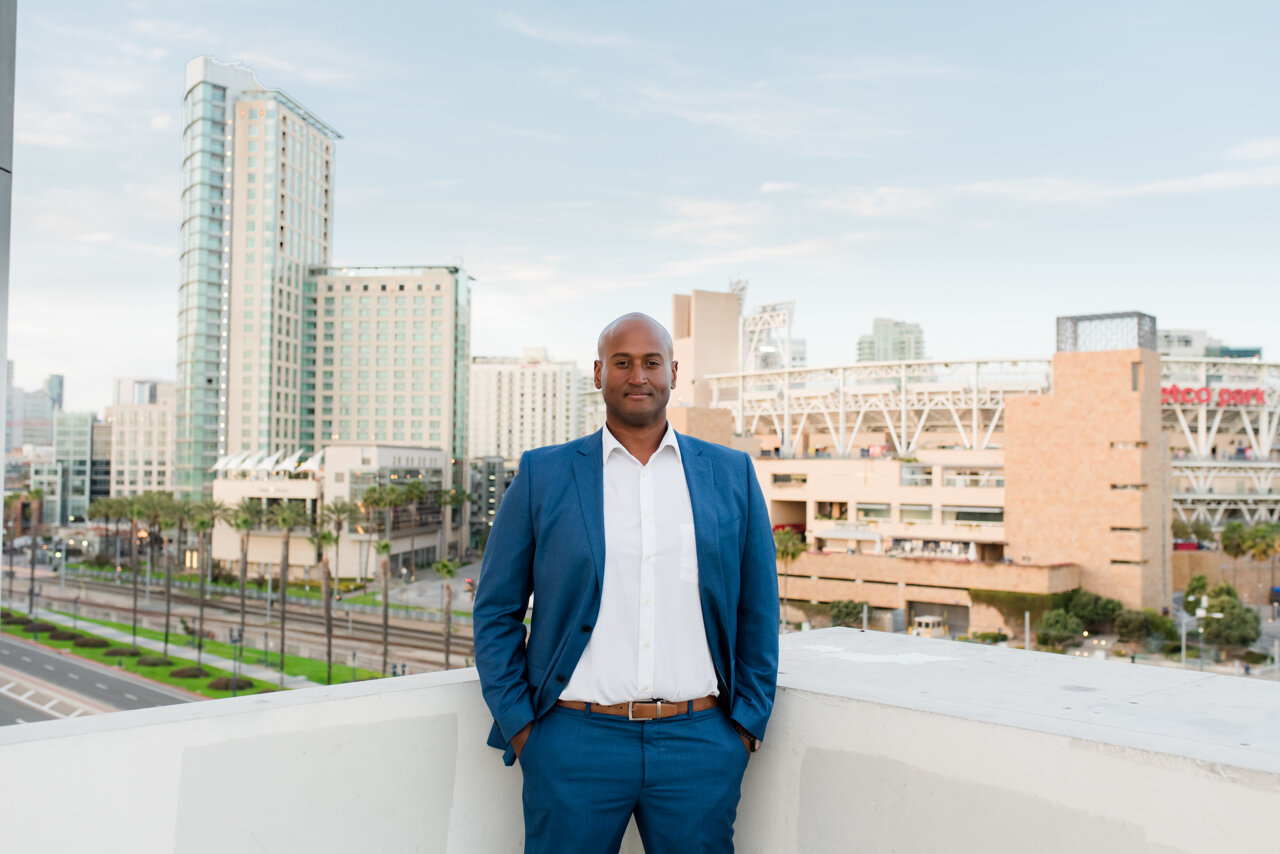San Diego Retail: Minor Pain or Disability
Costar is dancing around the issue in this article. The pandemic is accelerating a trend that existed back when Corona was just a beer.
Yes the SD inventory is temporarily down due to the Parallel Capital's acquisition and repurposing of Horton Plaza, but that entire mall was long dead and 1/2 vacant pre-pandemic due to the loss of Nordstroms. As of now Parallel still plans on building/leasing 300k sf of retail on that site, whether they should is another question. So the current vacancy rates aren't really telling the story at all. Longstanding anchors have been upended due to a little thing called the internet, and people's preference to avoid salespeople while having their goods delivered. The subplot is...there's no one to meaningfully backfill them. Before you angrily spout stats about discount stores or Amazon distribution centers think this through; the discount crowd isn’t shopping at the remaining inline stores, and no one is coming to a center for an Amazon distribution center.
Locally, the recent loss of large occupiers (RIP Souplantation & Pier 1) from centers doesn't bode well for the smaller stores that depended on the foot traffic, but this was foreshadowed by the closure of well known national big box retailers over the last few years.
Look I want everyone to win, but they have to adapt to survive. Hopefully small/regional operators focus on their online presence and develop a community to generate sales; however the long term result of this points to smaller footprints/less inventory on-hand in stores across the board in my opinion. And that's just the burbs, CBD retailers are facing a potential population shift (on top of everything else) that may hurt sales for the foreseeable future. When do they start asking “why am I paying $84/sf to be surrounded by boarded up shops”?
However you cut it, our addiction to online shopping is the root of retail leasing woes, Covid-19 is just an accelerant.
Jamal Brown is the CEO of The Ocean Company, an exclusive tenant representation firm with offices in San Diego, Orange County and Los Angeles focusing on the leasing and acquisition of commercial real estate.
Main: 858.356.2990 | E-mail: jbrown@theoceanco.com | social: @theoceancompany

